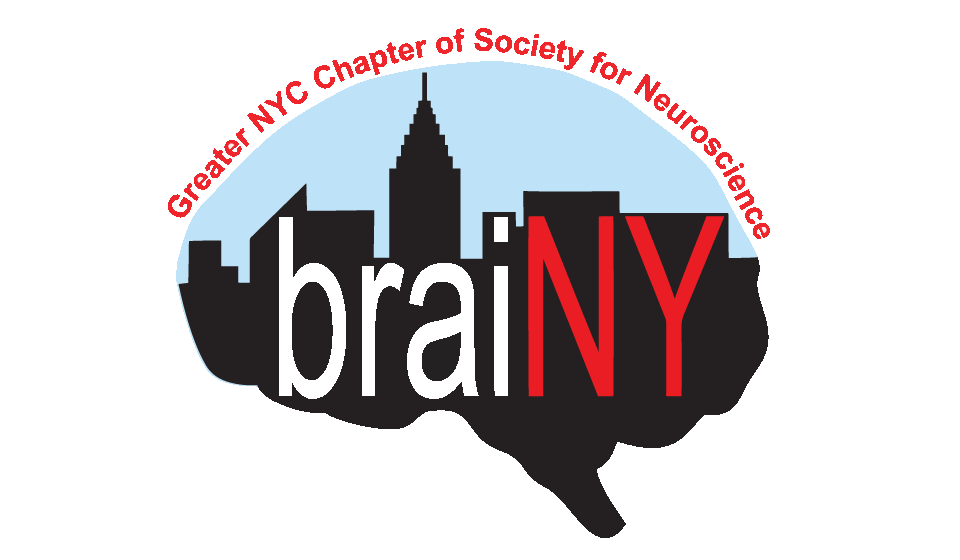To the human readers: Be the type of rat two Sprague-Dawley rats want you to be
By Meghan Willcoxon
Psychology research has overwhelmingly shown that humans, as a species, suffer from an empathy gap: People tend to help others from a perceived “ingroup,” while allowing the perceived “outgroup” to suffer. The human condition is consequentially plagued with this problem, probing the question: What is the neurological basis for these behaviors, and what does this mean for society?
Luckily, humans do not traverse this chasmic empathy landscape alone. Rodents, like us, are sensitive to the suffering and stress embodied by nearby rats and are capable of empathizing. For example, rats are known to feel stress and fear when observing distress in nearby cage mates, and they console their distressed brethren. Rats can convey a range of sensitive, empathic behaviors, suggesting that the proverbial golden rule may apply…but up to a point. Like humans, rats show a selective ingroup bias, choosing to help rats of their own kind.
In a recent neuroscience paper, authors Dr. Bartal and Dr. Breton enrolled rats in a helping behavior task (HBT) to observe and neurologically measure this in-group empathy bias. The basics of this task are as follows: Two rats are placed in a contained area, referred to as an arena. One rat, ‘the helper’, is free to move about the cabin, while the other rat is restrained, visibly held captive in a container.
Fortunately for the restrained rat, there is a way to open the door to the container from the outside. But there is a catch: The fate of the restrained rat is circumspect – his freedom constrained by the motivation and will of the helper rat.
Previous iterations of the HBT have shown that helper rats do help restrained rats, but they do so selectively. Time and again, helper rats will almost exclusively help their brethren, or rats of their own species strain. This is known as prosocial behavior, and it is the nexus of this “in” group preference.
What makes this study unique is the discovery-based approach researchers used to untangle the neurological underpinnings of this prosocial behavior. On the final day of testing, scientists stained the rat brains for a gene marker known as c-Fos. When populations of neural cells are active in the brain, c-Fos increases, so it acts as a proxy for neural activity.,
This method allows researchers to track and map the areas of the brain that were likely implicated in the helping behavior.
Researchers were mainly interested in comparing the behavior and neural activity of rats in two different conditions, the ‘in-group’ and ‘out-group’ conditions. Helper rats in the in-group condition were exposed to restrained rats of the same strain (Sprague-Dawley), while (potential) helper rats in the out-group condition were faced with restrained rats of a different strain.
Overwhelmingly, rats in the in-group condition became helpers, efficiently releasing their brothers from the restrainers. While rats in the out-group condition did spend sufficient time skulking around the restrainer, none of these rats opened the door, ultimately choosing to keep the stranger contained. Harsh.
But before we leap to any broad conclusions concerning the emotional and ethical state of these rats, it is important to peek inside their brains.
Neural analyses revealed a common set of brain regions more active in ingroup rats; these areas tend to be implicated in reward and motivation. Researchers suggest that it was the motivational state of the ingroup rats that explains the difference between the two groups, indicating that these highly active regions play a critical role in prosocial response.
To dig a little deeper into these reward regions, researchers specifically investigated a brain region known as the nucleus accumbens. This region revealed itself to be a “central hub” of activity in in-group rats, subsequently driving their observed prosocial behavior.
Importantly, nucleus accumbens activity showed overlap in both groups, regardless of helping behavior. This finding indicates that rats sense and respond to the distress of others, even without prosocial intent. This leads to the possibility below a certain level of neural activation, perhaps a rat simply does not have the will or motivation to be a door-opener, even if they empathetically feel the distress of another.
These results are similar to human studies, which have demonstrated that specific brain regions are linked to empathy and perception of human suffering. However, this study is merely correlational – it does not provide definitive proof of bigotry in rodents, nor does not prescribe a causal link between brain and behavior.
What this study does provide is a not-so-subtle hint at the unfortunate reality of in-group bias. How and where we choose to take this research is paramount to further understanding the empathy gap. Before we can build this bridge, we must first understand the gap. But for now, all we can ask is that we mind the gap.
Meghan Willcoxon is a researcher at Brown University studying how humans navigate through a crowd. Meghan is interested in understanding how the brain and the body communicate: How does the brain translate information from the world into action? It’s quite a job and thankfully our brains can do it!
Edited by Denise Croote, PhD
Dr. Bartal is an assistant professor at Tel-Aviv University's psychology department and Sagol School of Neuroscience. Her lab researches the biological mechanisms of pro-social behavior, using an integrated systems approach to investigate the way the social environment influences complex behavior. https://www.bartallab.sites.tau.ac.il/
Dr. Breton is a postdoctoral fellow at Columbia University working in the lab of Dr. Kevin Bath. Her work focuses on understanding how early life adversity alters motivated behaviors and leads to increased vulnerability to disorders such as addiction. She is also a volunteer with BraiNY and helps organize the monthly BraiNY Bunch journal club!



